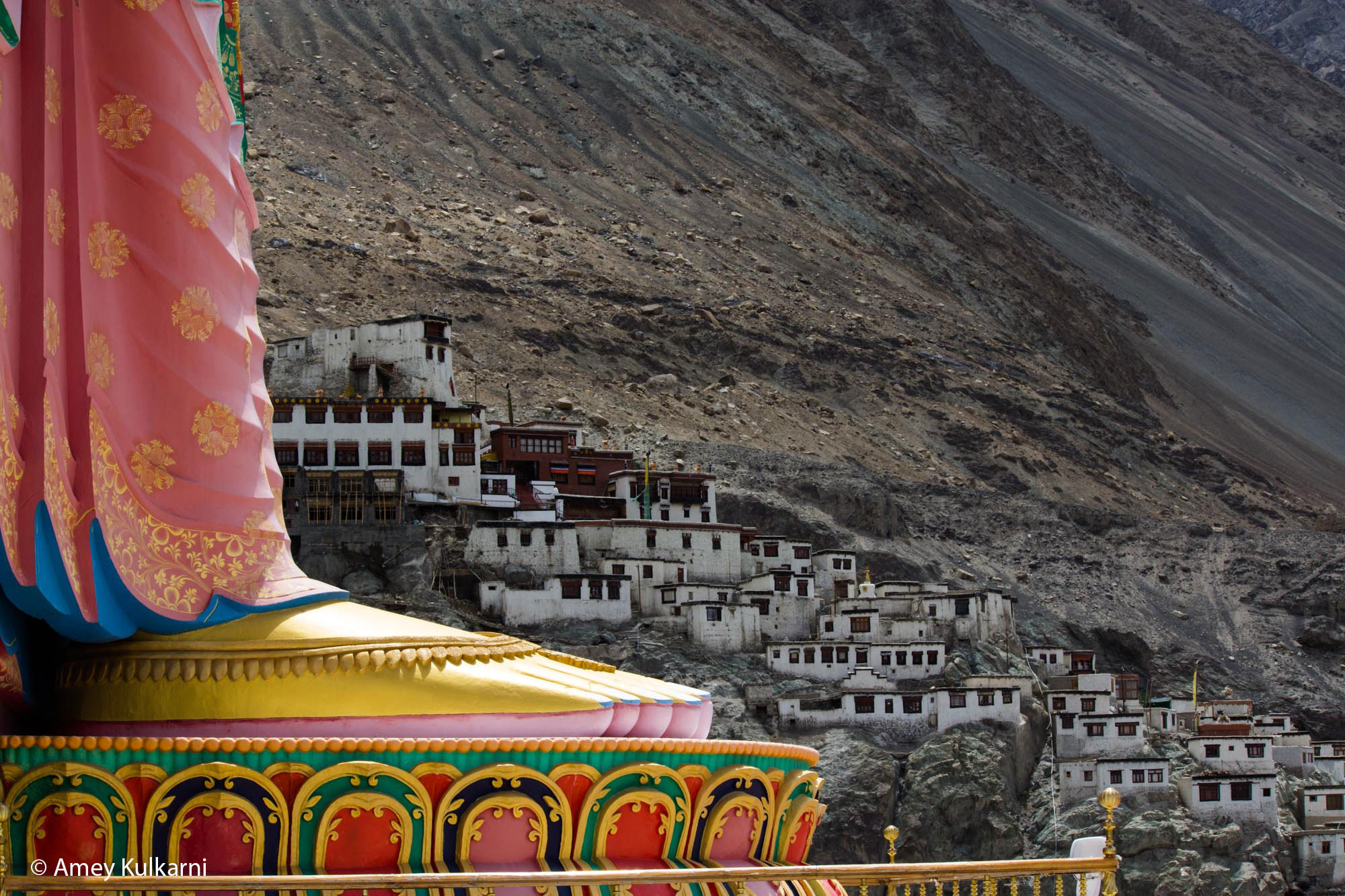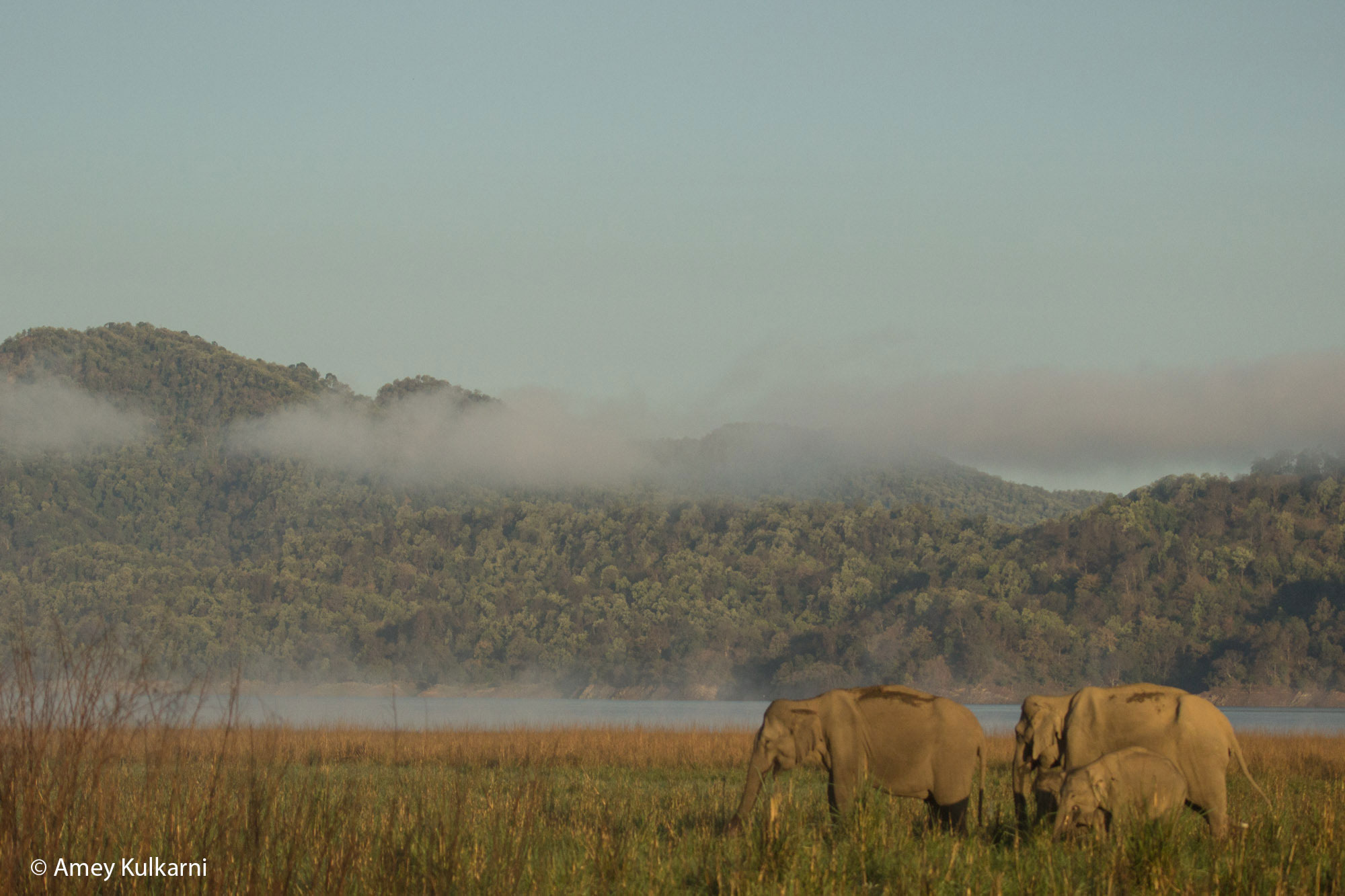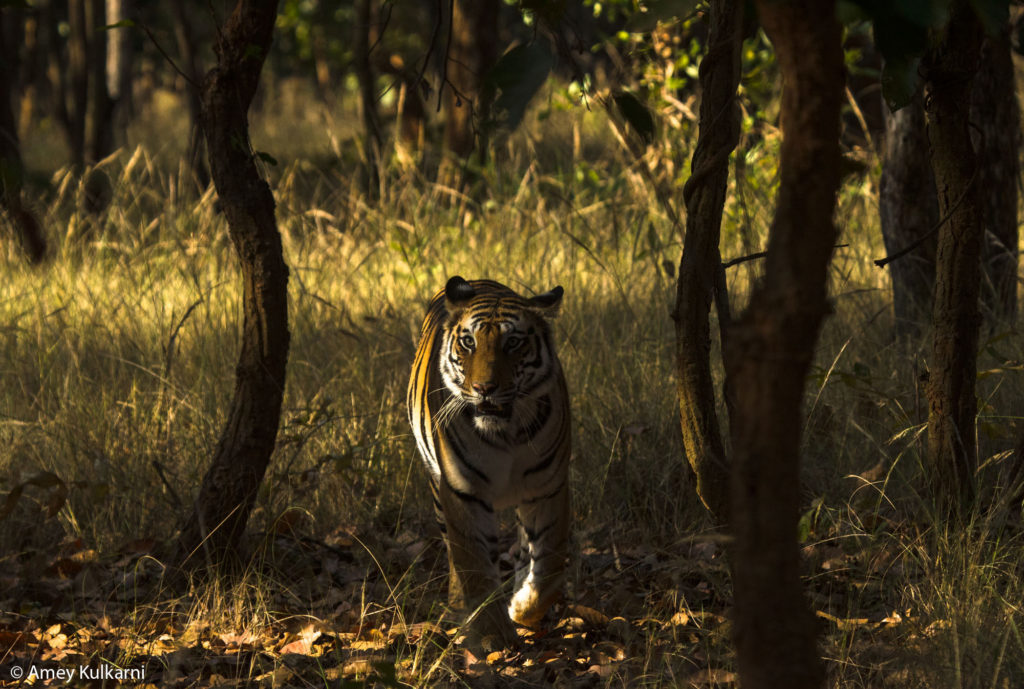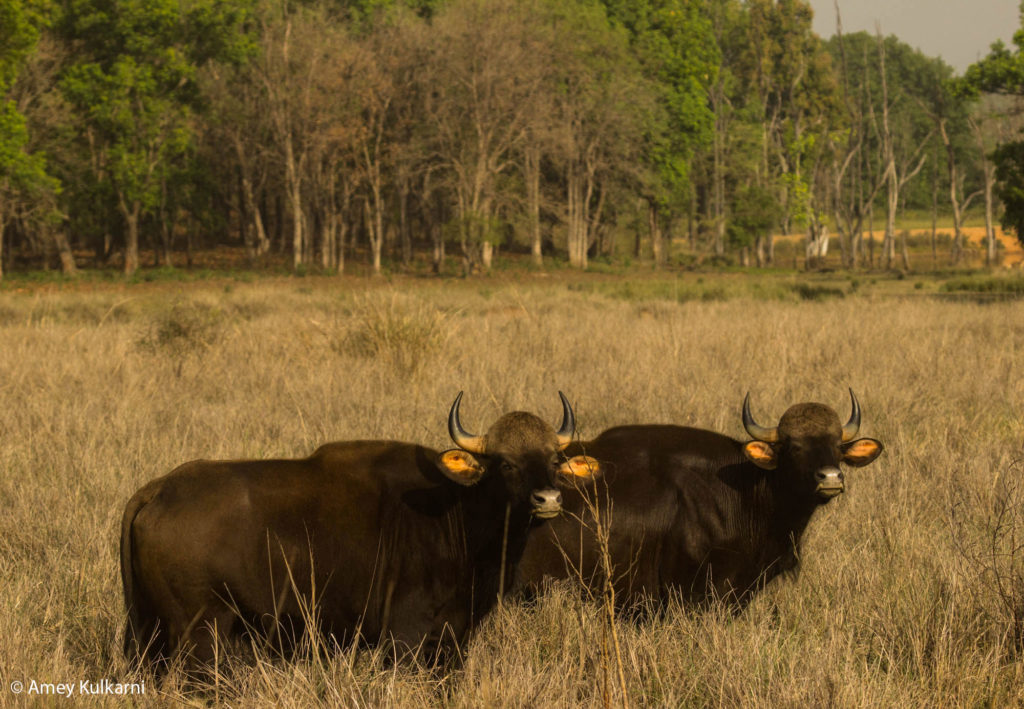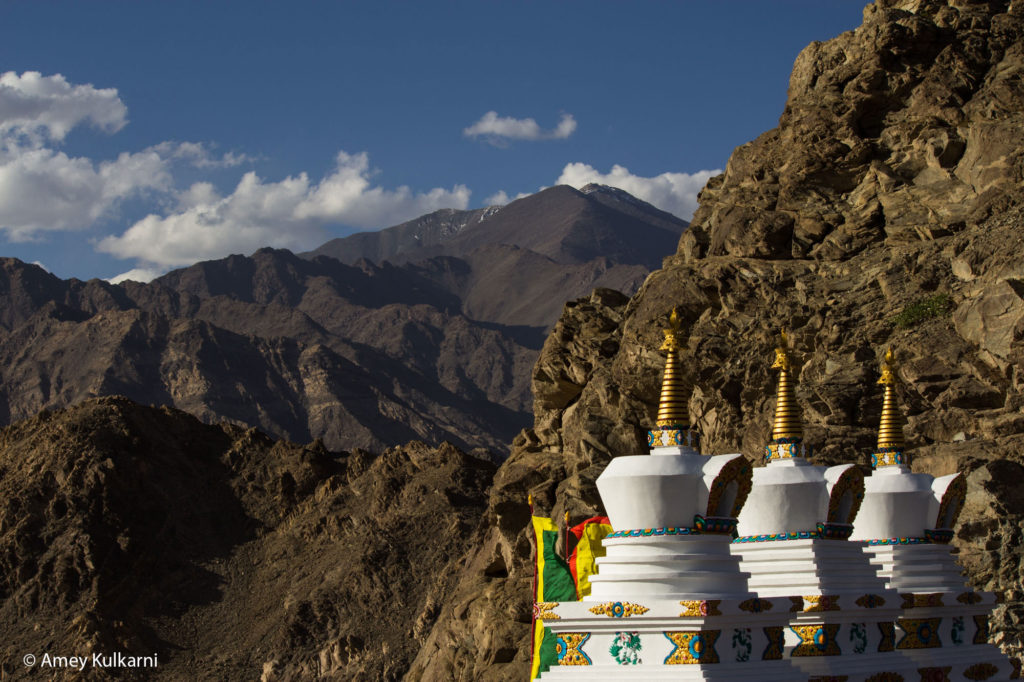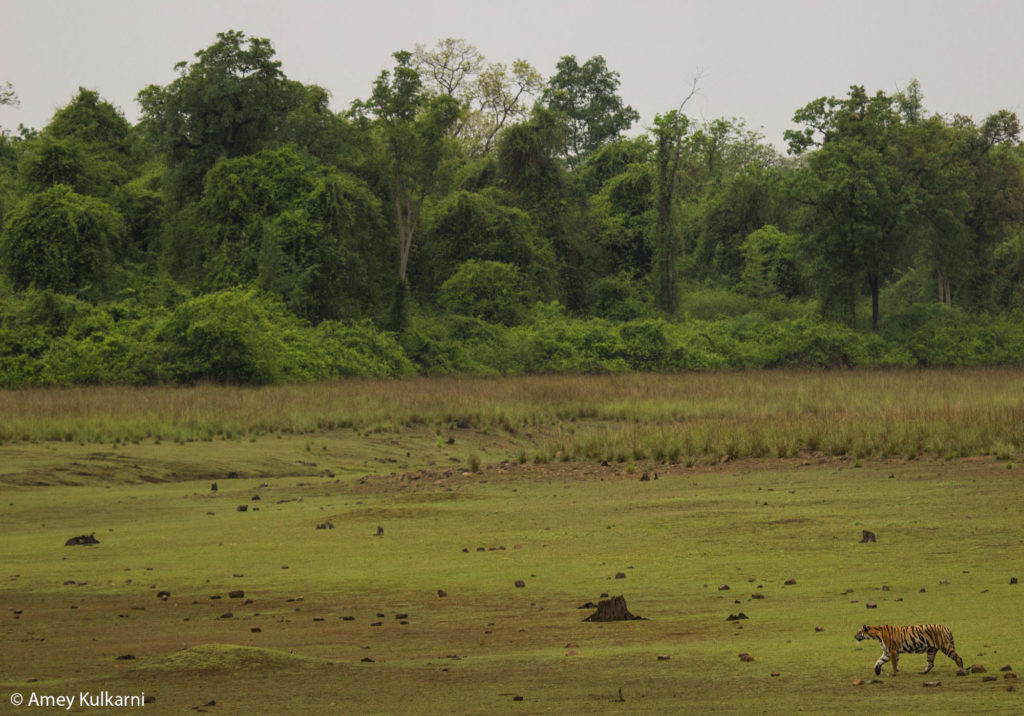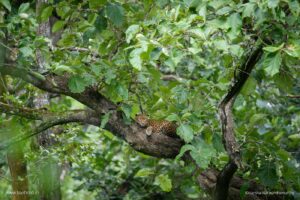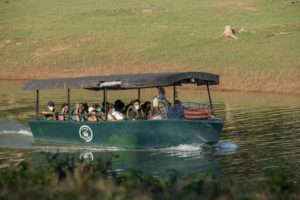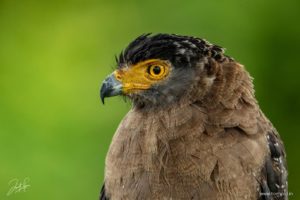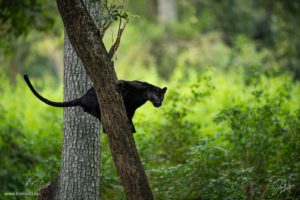Using a point-and-shoot camera, Amey Kulkarni began his casual journey through photography about four years ago. Then a trip to Ladakh with a DSLR camera changed it all.
Mr. Kulkarni has been fascinated by wildlife since his childhood, and once he realised that there was no better way to capture special moments in the wild to cherish them as memories than taking evocative pictures, he started planning trips to national sanctuaries with his camera as his co-traveller.
Wildlife photography is Mr. Kulkarni’s forte, but he tells us that something about portrait photography is attracting his attention slowly. His passion for photography is so gracefully contained that he does not even share them rampantly on social media. A few photography groups where images are genuinely watched and critiqued are the only places in which he posts his photos, so that he can get genuine feedback.
When his interest in wildlife began to increase with each passing day, Mr. Kulkarni wanted to explore different ways of making images. And for this, he started looking out for places that could help him hire equipment. After talking to a few friends and referring to a few blogs, he came to know about Toehold. The first camera lens he ever hired, he remembers, was a 100-400 mm, and he is, even today, has remained one of the most regular Toehold clients.
“I am impressed with the range of camera equipment that Toehold rents out and how very-well maintained each of the equipment actually is,” Mr. Kulkarni exclaims. “Most of my photos have been shot on Toehold lenses and I am happy that such services are available,” he continues.
“I follow the range of work that Toehold photographers are capable of, and the international Photo Tours arranged by the company to some exotic destinations have always filled me with a sense of deep wonder. I have learned a lot by following the Skippers’ pictures and I would happily continue to learn,” says Mr. Kulkarni.
When asked about his definition of photography, Mr. Kulkarni presents a very clear perspective: “To me, photography is my personal interpretation of a scene unfolding in front of me. It is the expression of an individual, and how he chooses to tell a story that many people might be telling at the same time.”
Mr. Kulkarni is so unassuming about his work that he gives more importance to the spell of self-awareness that photography allows him as a form of art. Rather than the compliments that he receives from other people, he focuses more on the journey that takes places inwards once he begins to make images. “It is self-drive that keeps me going and preserving special moments of natural history is very deeply personal to me. Although I acknowledge and appreciate genuine criticism, I make images mostly for myself and I don’t prefer my work, my intent and my passion being determined by what others expect of me,” asserts Mr. Kulkarni.
In Mr. Kulkarni’s answers is a mellowed-down, self-effacing tone rimmed with an admirable clarity. And this is something you cannot help notice in his work, too.
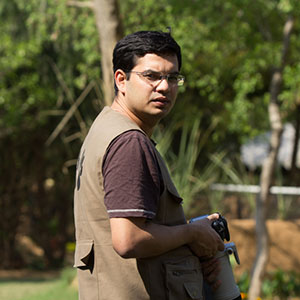
Want to travel to Kabini?
We would love to be the ones to take you to Kabini. Check out our Kabini travel offers and get in touch with us to plan your next trip!

